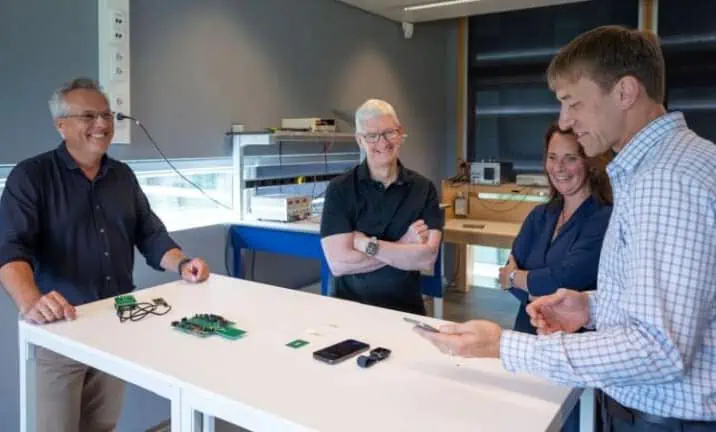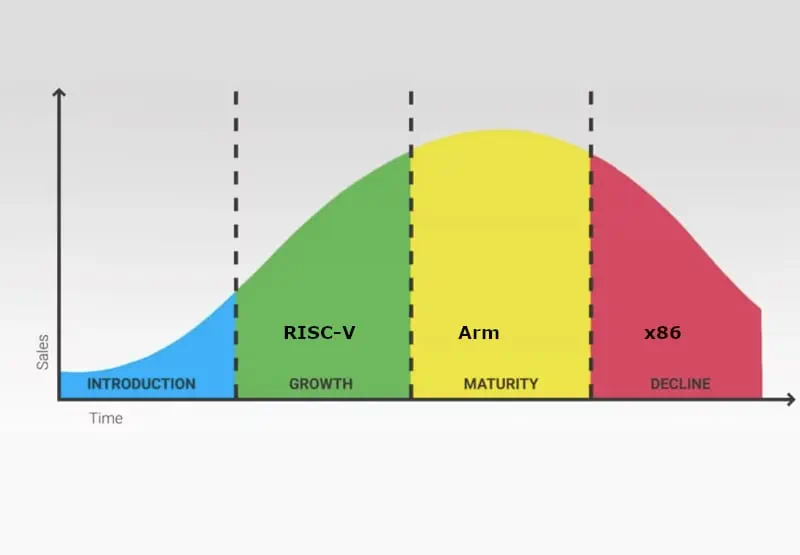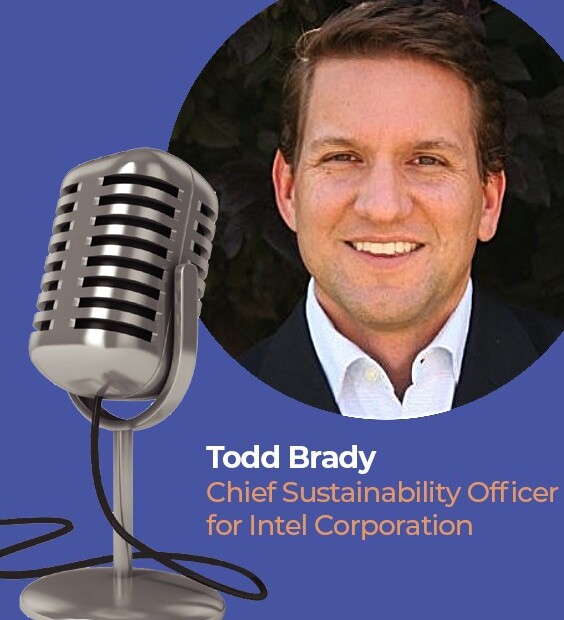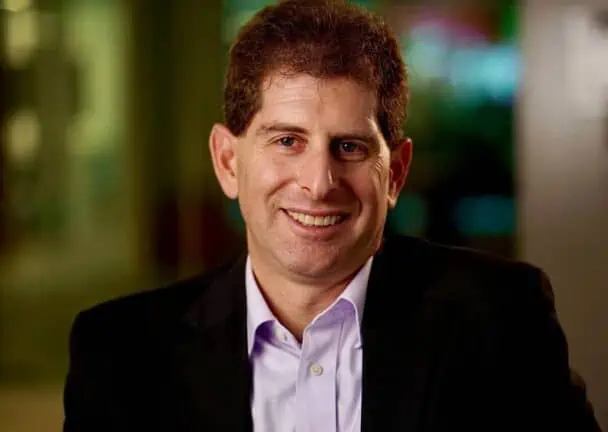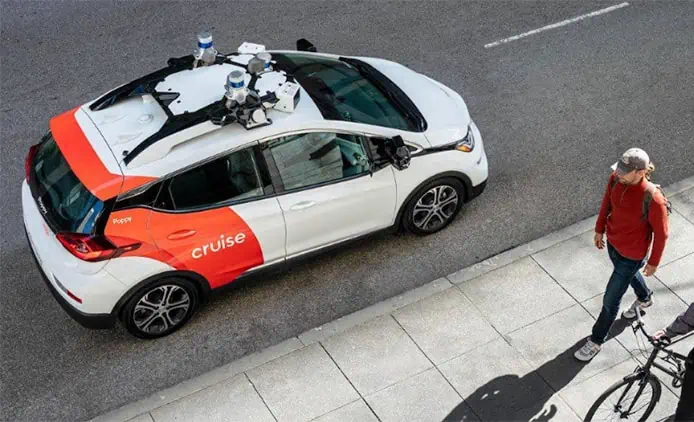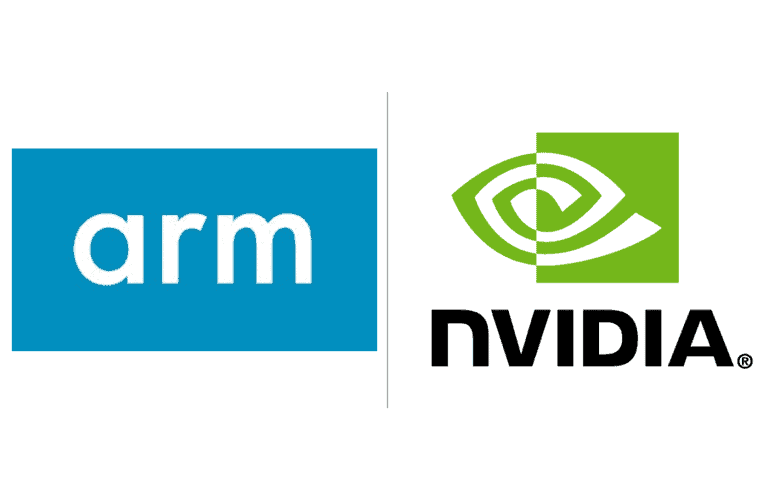Can Chiplets Make SoC Design a Child’s Play?
By Ron Wilson
What’s at stake:
Ideally, chiplets could be off-the-shelf products that snap together like building blocks — no EDA tools required. Anyone who could specify exactly what they wanted could create a system-in-package implementation, opening up silicon to a far wider range of designers, and, incidentally, undermining parts of the EDA and design-services industries. Could it ever really happen?
One early conception of chiplets — in their formative days within the US Department of Defense — was of an open market. You could buy the functions you needed off the shelf, arrange them into a multi-die assembly, and after verification and analysis have a finished hardware design. Later thinking took this idea ever further. What if you could, figuratively speaking, just snap the chiplets together like building blocks, with no complex design automation tools or analyses needed, and could be sure that the resulting assembly would work correctly?
Read More »Can Chiplets Make SoC Design a Child’s Play?

